Case Study: Carlill v Carbolic Smoke Ball Company Analysis
VerifiedAdded on 2023/05/31
|6
|733
|209
Case Study
AI Summary
This case study provides a comprehensive brief of the landmark case Louisa Carlill v Carbolic Smoke Ball Company [1892] EWCA Civil 1, focusing on the Carbolic Smoke Ball Company's advertisement claiming their product prevented influenza and offering £100 compensation to anyone who contracted the illness after using it. The document details the facts of the case, including Mrs. Carlill's purchase and use of the smoke ball, the issues presented to the court regarding the existence of a binding contract and the company's liability, the court's unanimous decision in favor of Mrs. Carlill, and the reasoning behind the decision, emphasizing the express promise made by the company and the consideration involved. It also touches on separate opinions regarding the notification of acceptance. The analysis concludes that the case established the principle that performance of a contract can constitute acceptance of an offer when notification is not expressly required, making this document a valuable resource for law students.
1 out of 6
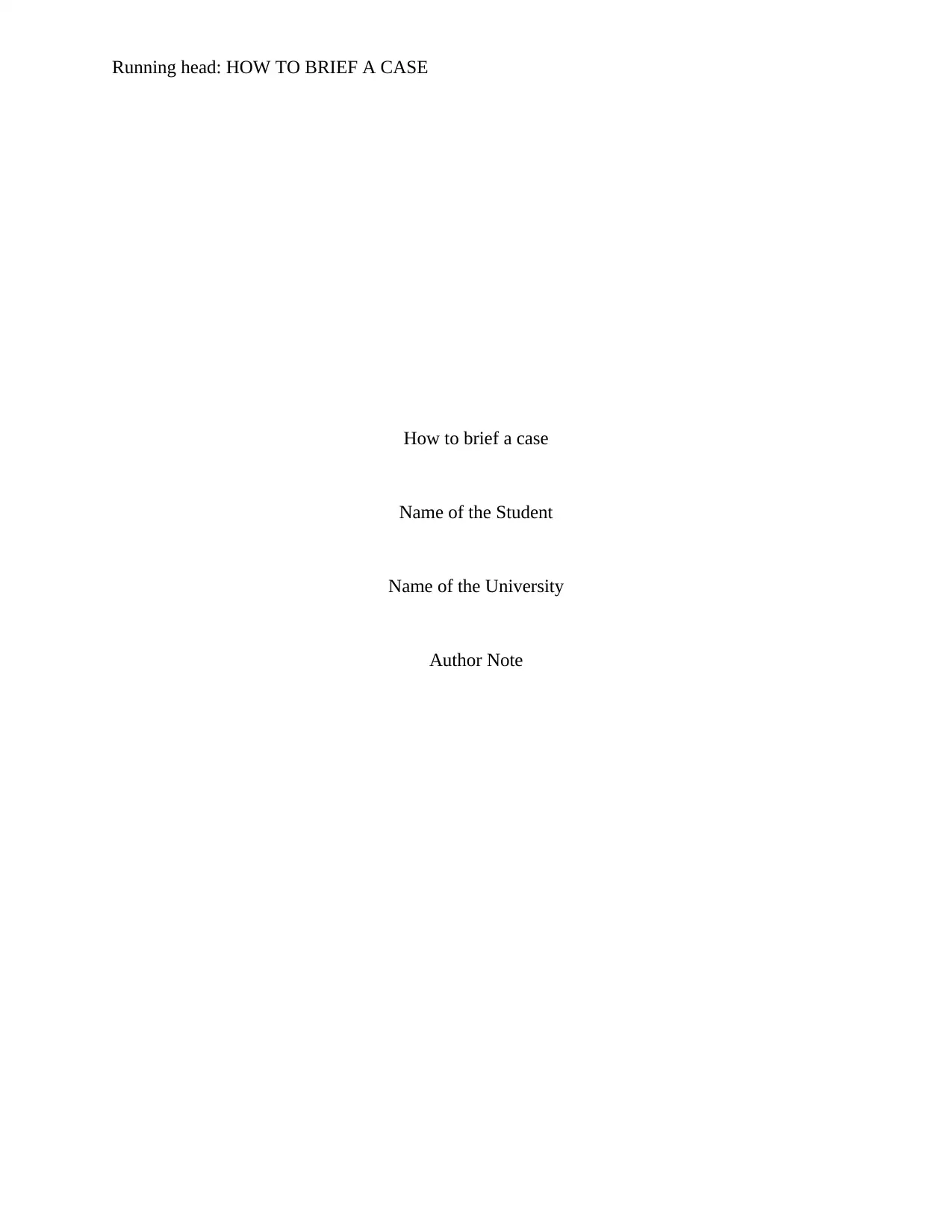
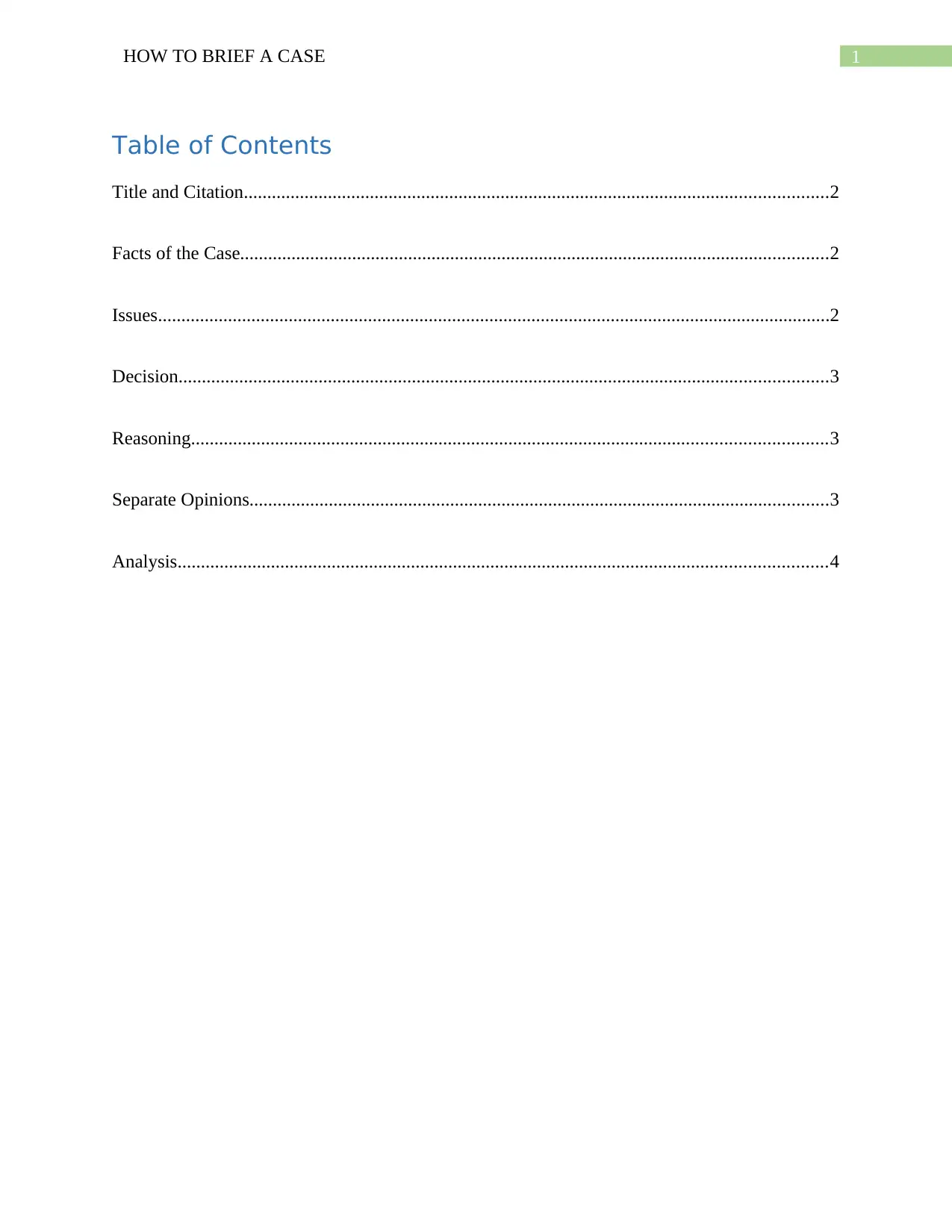
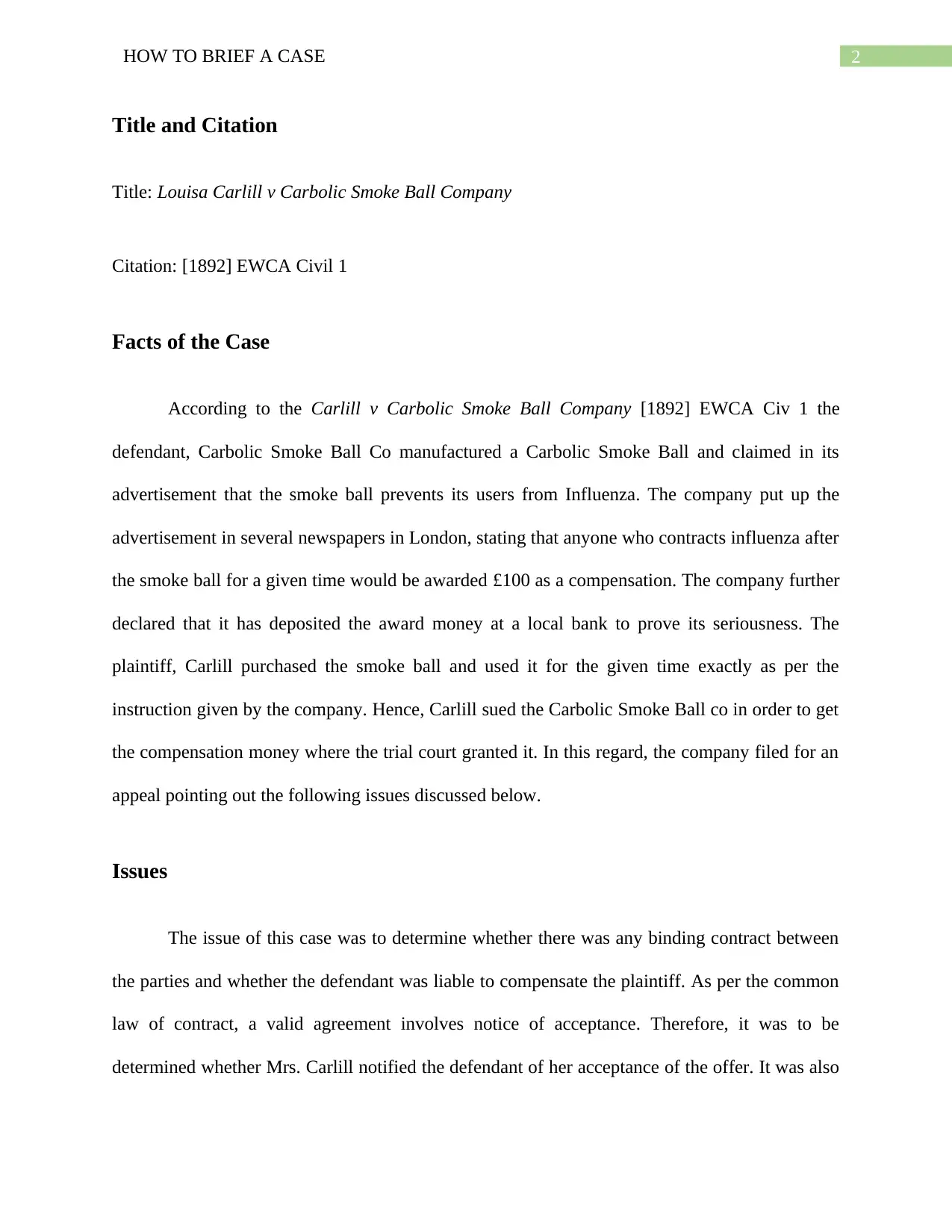

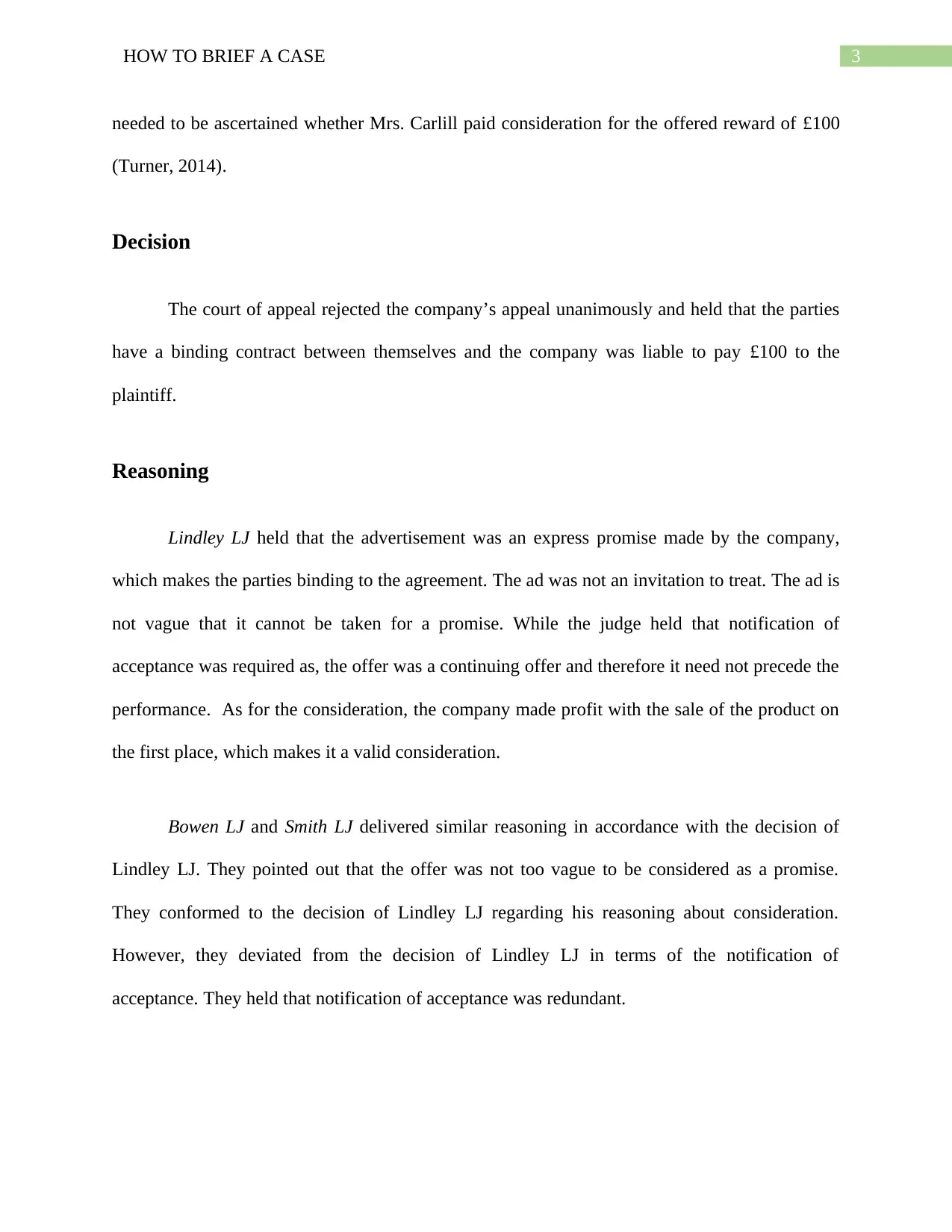
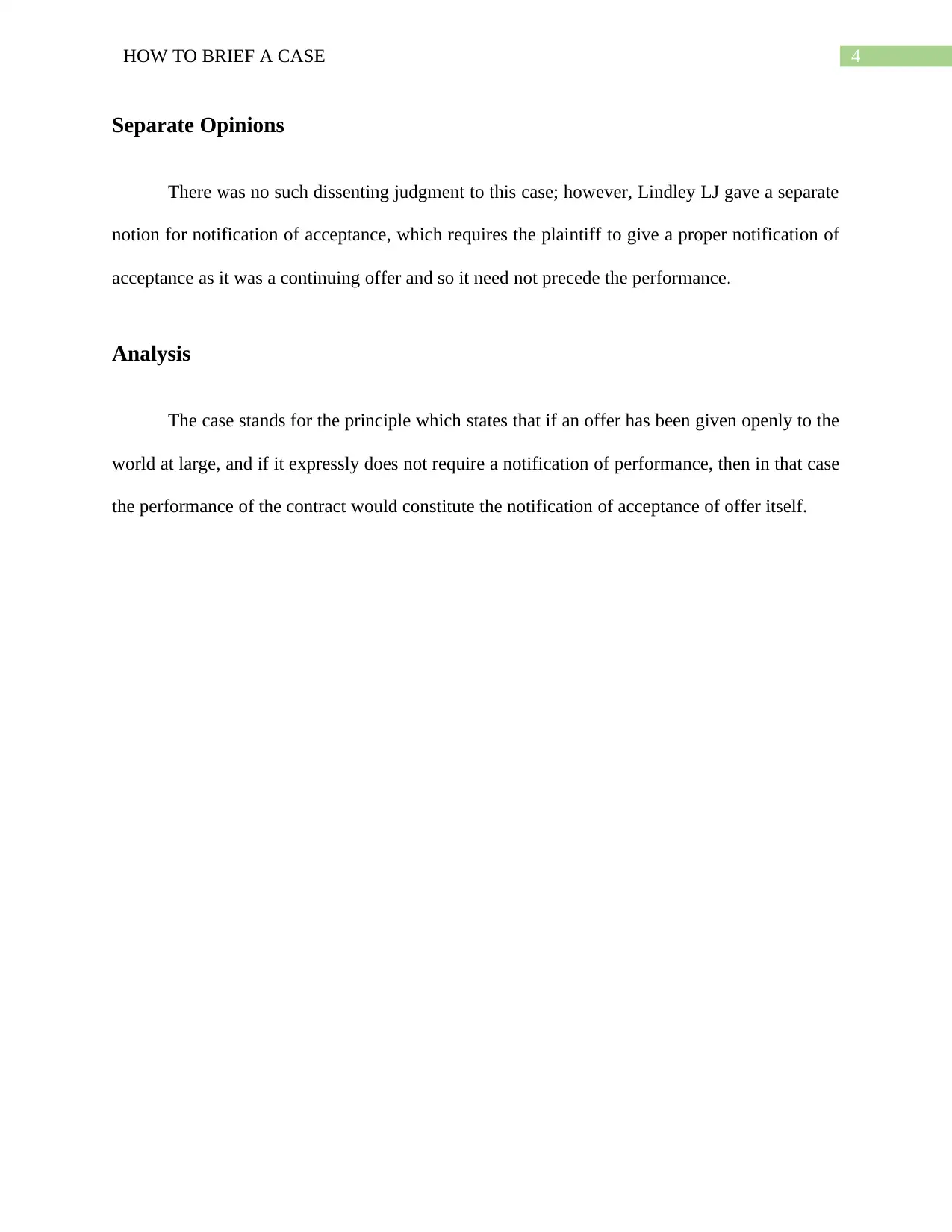
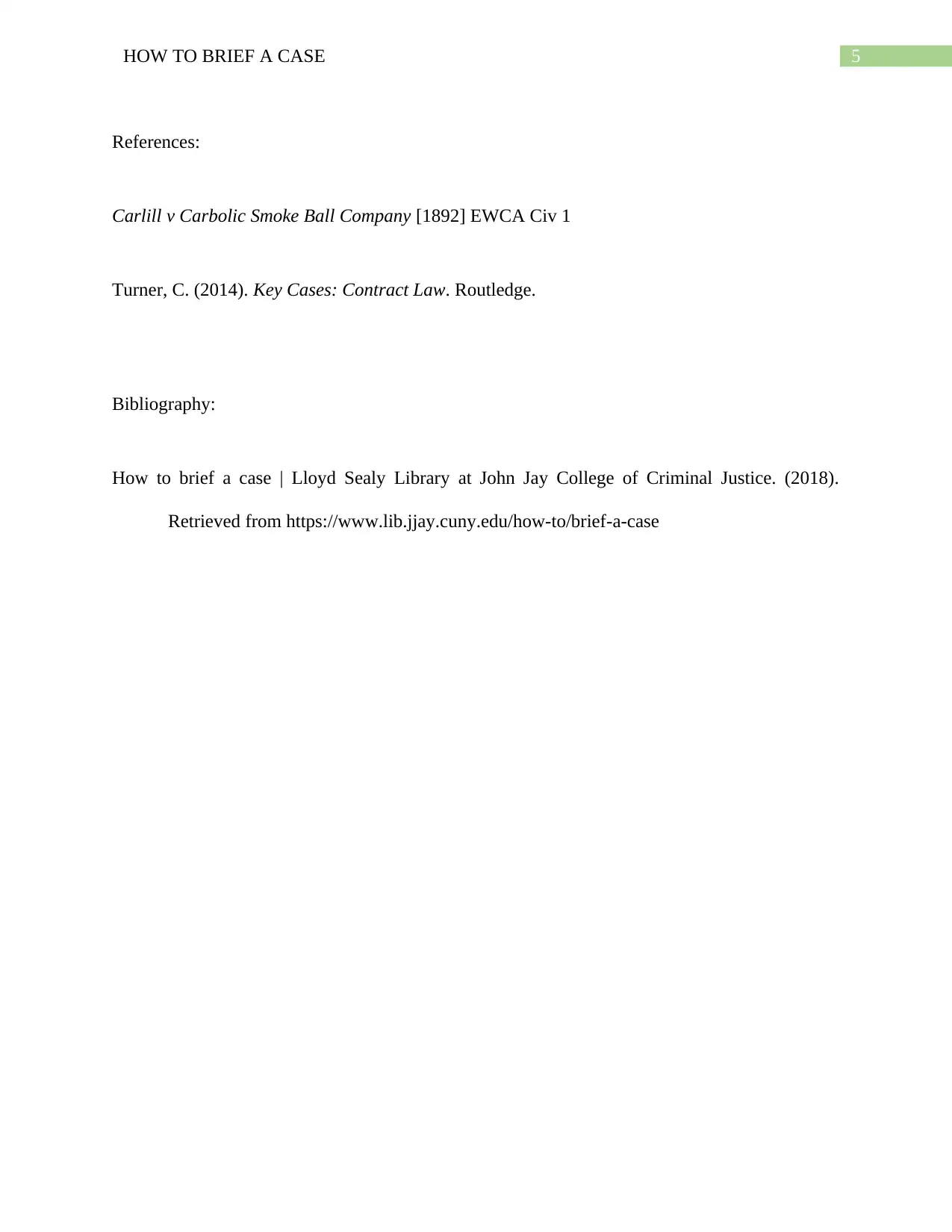





![Analysis of Carlill v Carbolic Smoke Ball Company [1893] Case Summary](/_next/image/?url=https%3A%2F%2Fdesklib.com%2Fmedia%2Fimages%2Faz%2Fd28e712c2fad4b5492751d0a4f13f4c4.jpg&w=256&q=75)
![[object Object]](/_next/static/media/star-bottom.7253800d.svg)